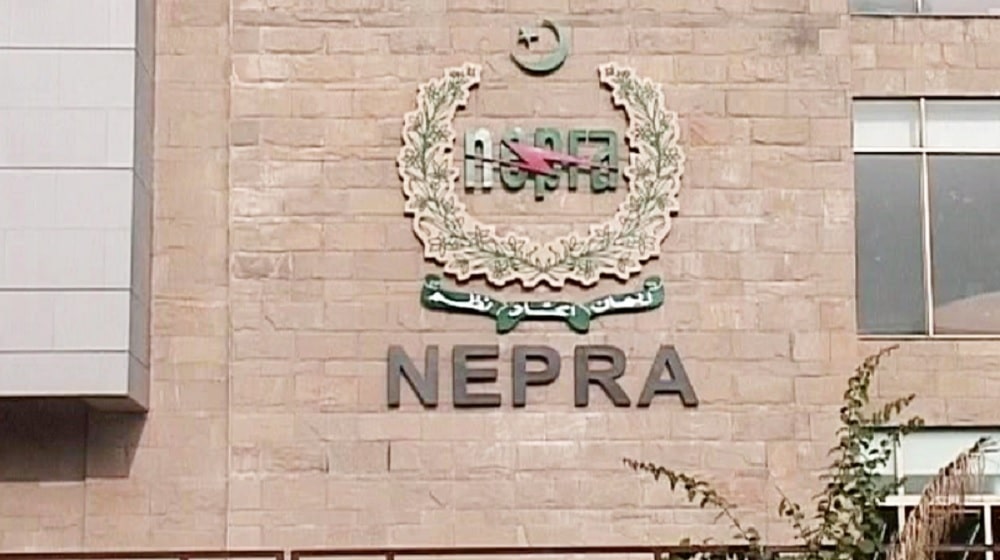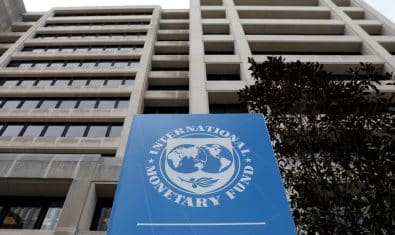Pakistan’s per capita annual electricity consumption of 644 kilowatt-hour (kWh) is among the lowest in the world, which is only 18% of the world average, 7% of the developed countries’ average, and 12% of that of China, according to the National Electric Power Regulatory Authority (NEPRA).
The Authority, in its State of Industry Report 2022 (SIR-2022), stated that per capita electricity consumption is considered one of the key parameters, reflecting the living standards of the people in a country.
This indicates that there is a lot of room for improving the living standards of the people and running the wheels of the economy to ensure sustainable growth.
The SIR-2022 captures and presents the status and performance of various segments of the electric power sector, i.e., generation, transmission, distribution, and supply, during the fiscal year (FY) 2021–22. The SIR-2022 provides a snapshot of the developments and delivery of sectoral players. It identifies weaknesses in the sector and suggests improvements in each of the segments of the electric power service.
The report has highlighted various challenges that were faced during FY 2021–22. Some of the issues were the same as highlighted in SIR-2021 and continued to have an impact on the power sector, while a few more new challenges surfaced during FY 2021-22, which added to the woes of the power sector. All these issues contributed to an increase in the cost of electricity, adversely affecting the affordability of end-consumers.
Supplying affordable and reliable electricity to end-consumers is to be treated as a priority for sustainable development, economic uplift, and poverty alleviation. This, in turn, creates an environment of growth in electricity demand per capita, which is linked to the Gross Domestic Product (GDP) growth of the country.
Since the electricity mix in Pakistan is thermal fuel dominant, management of the supply chain of primary fuels is vital to ensure that the efficient and cheap power generation capacity remains available to satisfy the electricity demand. The power sector faced a shortage of re-gasified liquified natural gas (RLNG) during most parts of the year, which compelled generation from expensive power plants.
During FY 2021-22, due to the unavailability of RLNG, comparatively inefficient power plants have been operated, having a financial impact of Rs. 19,332 million. This issue can be resolved by better supply chain management of RLNG, including enhancement of gas transmission and distribution infrastructure, development of storage facilities for RLNG, and implementation of hybrid GSA models to optimize the utilization of RLNG.
The installed electric power generation capacity of Pakistan as of June 30, 2022 remained at 43,775 megawatts (MW), which includes 40,813 MW in the Central Power Purchasing Agency (CPPA-G) System and 2,962 MW in the K-Electric (KE) System. Similarly, the dependable capacity of Pakistan as of June 30, 2022 remained at 40,532 MW, which included 37,858 MW in the CPPA-G System and 2,674 MW in the KE System.
In the financial year 2021-22, 4,498 MW of generation capacity has been added to the CPPA-G system, which includes the 1,263 MW Trimmu RLNG Power Project, which is under testing; 1,145 MW KANUPP-III Nuclear Power Project; 720 MW Karot Hydropower Project; 660 MW Coal-Based Power Project of Lucky Electric; Twelve (12) Wind Power Projects with an accumulated capacity of 600 MW; and a 100 MW Solar Power Project of Zhenfa Power.
During the year, licenses for 150 MW GENCO-IV, 97 MW Reshma Power, 84 MW Gulf Powergen, 117 MW Southern Electric, 120 MW Japan Power, 31 MW Altern Energy, and 137 MW KANUPP have expired. In FY 2021-22, total electricity generation in the country, including KE System, remained at 153,874.20 GWh. This generation translates into a 43% utilization factor of dependable capacity, meaning that 57% of the ‘Take or Pay’ based power generation capacity remained unutilized. The total electric power generation in the CPPA-G System and KE System remained at 143,108.69 gigawatt-hours (GWh) and 10,765.51 GWh, respectively.
Issues In The Generation Sector:
NEPRA in its earlier State of Industry Reports has been highlighting the issues in the generation sector such as assessment of generation capacity needs with best estimates; balanced energy mix; induction of generation capacity in phases; optimum utilization of available generation capacity; strict compliance of Economic Merit Order (EMO), Annual Dependable Capacity (ADC) test; implementation of Supervisory Control And Data Acquisition (SCADA) system; scheduled and forced outages; peaking load power plants; two baskets of KE and CPPA-G; operation of combined cycle power plants in open cycle mode; induction of renewable energy, which becomes more important keeping in view the fuel prices; issues with hydel power generation like seasonal variations; availability of RLNG; availability of required gas pressure; liquidated damages; non-payment to generation companies, etc. Most of the issues persist during FY 2021–22.
It has been observed that for the period FY 2021-22, no significant improvements could be seen in respect of the issues that were highlighted by NEPRA during its past SIRs. The noteworthy issues that are hampering the performance of the generation segment of the electric power services are discussed hereunder.
Plant Operation in Violation of Economic Merit Order:
During FY 2021-22 as well, the operation of various power plants in violation of the Merit Order has been witnessed. The main reasons for the out of merit operations of power plants were non-utilization or underutilization of efficient power plants, either due to non-availability of fuel, i.e. RLNG, or transmission and/or distribution constraints. The financial impact on these accounts is as below: (i) Due to the RLNG shortage, expensive plants were operated, which had an impact of Rs. 19,332 million. (ii) Due to system constraints, the financial impact is Rs. 3,670 million. (iii) Due to underutilization/non-utilization of efficient power plants, the financial impact is Rs. 260 million. The out of merit plant operations is an old issue, which the Authority has been highlighting for many years for improvement. In order to assess the performance of the System Operator and the financial impact of out-of-merit plant operations during the period FY 2018 to FY 2020, a contract has been awarded to a third-party consortium to carry out a comprehensive study and present its findings and recommendations for the Authority’s consideration.
Further, in order to check the out of merit operations on a daily basis, the Authority has directed the National Power Control Centre (NPCC) and CPPA-G as under (i) In the case of the dispatch of generation plant(s) out of merit order, for reasons whatsoever, the System Operator shall report the same to CPPA-G within 24 hours with its copy to NEPRA along with the reasons of such dispatch order. (ii) The CPPA-G, being the agent of DISCOs to procure electricity on their behalf, to scrutinize the NPCC’s dispatch report in terms of the Schedule Dispatch Code (SDC) of the Grid Code and prepare a report comprising of all dispatch order deviations from merit orders, the plants available but not dispatched, and dispatch deviations justified or unjustified in terms of the SDC of the Grid Code along with their financial impact. (iii) CPPA-G was also directed to share the report with the System Operator and also submit it to NEPRA at the time of filing of the monthly fuel price adjustment request. Unfortunately, both CPPA-G and NPCC have lagged in complying with the directions of the Authority in letter and spirit, for which the Authority has initiated legal proceedings against these entities under Section 48 of the Act.


























And per capital electricity bill among the highest in the world…
No.
Itni lambi lambi chorne ke bjaye tm bs awam ko itni bjli se do without loadshedding ke aik do pankhe chal jaein. Baki teer bad me mar lena